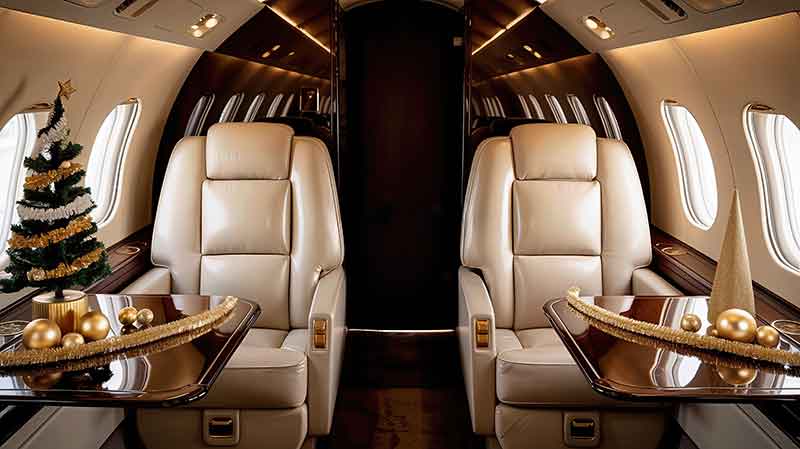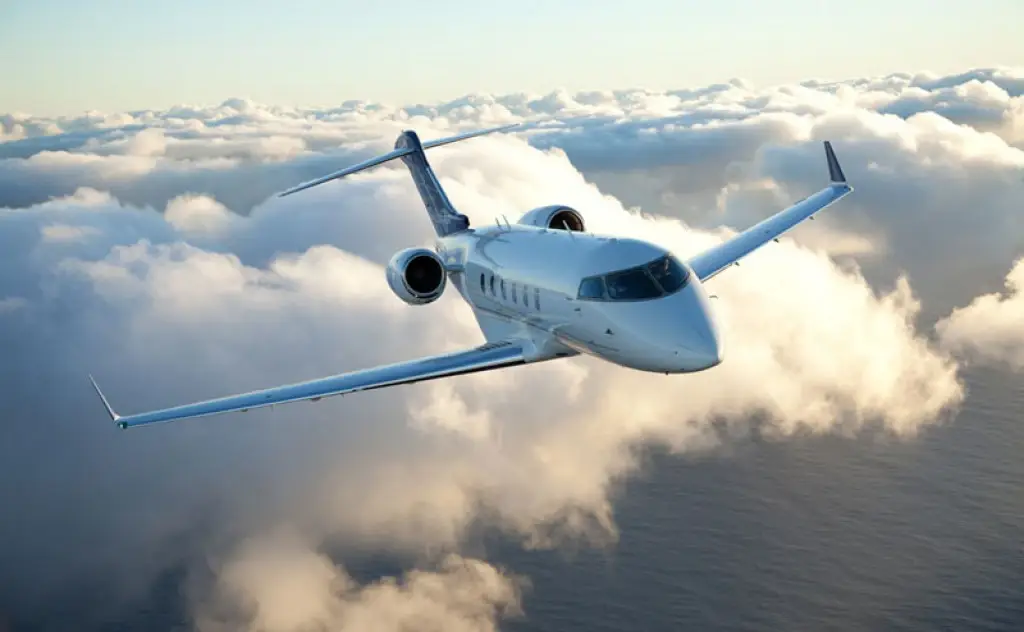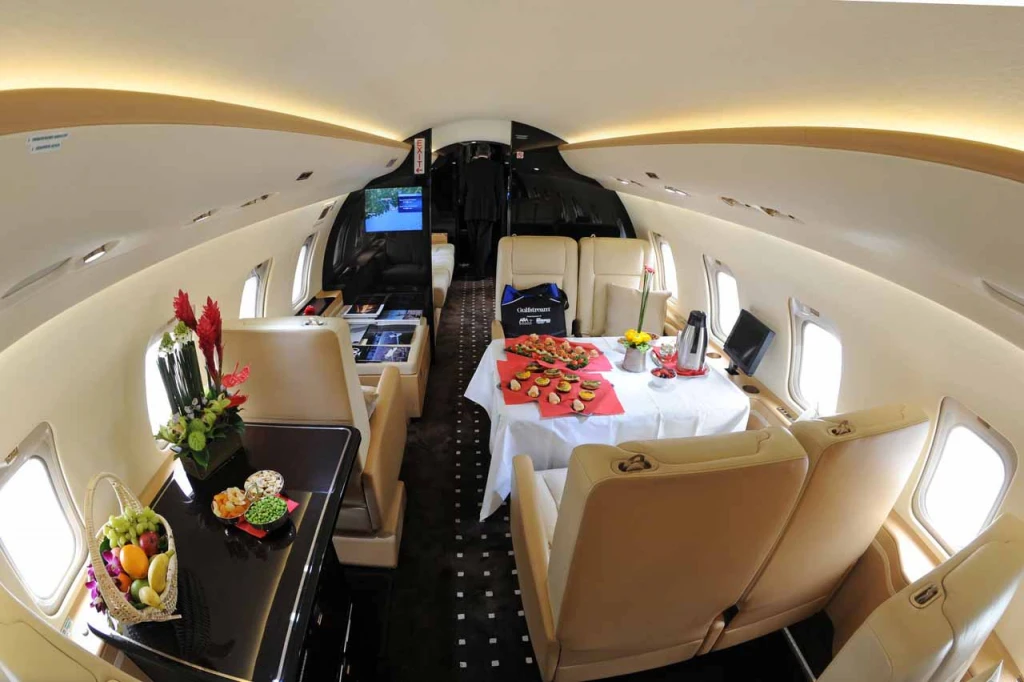When you think about flying overseas by private jet, you may have the misconception that, like flying within the United States, you will not have to show your passport. This is a misconception because all international travel except for European citizens in the Schengen Area requires having a valid passport.

Flying overseas:
Flying internationally requires a valid passport. Ensure it is valid for at least three months after you are scheduled to return. If not, you will be better off getting a new passport before you leave.
Many countries require you to get a visa. Some countries allow you to do this at the entry airport, while others need you to apply weeks in advance at their embassy or consulate.
If you are traveling with a pet, ensure you have the correct paperwork and that it’s vaccination certificate is current. Many counties also require that your pet is chipped. The ISO chips used in the United States are 10-digit, while a 15-digit ISO pet microchip is the world standard. To overcome this, have your pet rechipped with a 15-digit chip.
You must go through passport control and customs
While still a much better experience than flying commercially, if you are flying to an international destination on a private jet, you must clear passport control and customs.
What this will be like and how long it takes depends greatly on which airport you are flying to.

Some Fixed Base Operator (FBO) facilities, especially those serving large cities, have their own passport control and customs officers that only handle people departing and arriving by private planes. If you arrive at an FBO that does not offer customs and immigration, you must wait in line with people traveling on commercial flights.

Whether or not you are entering a foreign country through an FBO or with everyone else, you must show your passport. You may also be asked what is in your luggage and if you have anything to declare. Having said this, while there are many similarities, there are also some differences. For example, when flying by private jet, you, more often than not, do not have to go through airport security, which saves a lot of hassle and time.
When arriving by private jet, you must clear customs, and while the experience is like when you fly commercially, there are slight differences:
When you arrive at your overseas destination, you must go to the Customs office, present your passport, and show proof of a visa if required.
The customs officer will ask about where you have come from, the purpose of your trip, and your itinerary.
You will then be given a customs declaration form to fill out. Once completed, hand it back to the customs officer, who will read it and may ask you additional questions. If you carry large amounts of cash, depending on the country, you may be required to declare it. In the European Union, this is anything more than 10,000€.
If you are flying to the European Union, you only need to clear passport control and customs at the first airport you arrive at.
Try to fly to and from FBOs that have passports and customs offices

To make your trip as seamless as possible, depart and arrive from an FBO that has a dedicated customs and immigration office. Paramount Business Jets has arranged international charter flights for thousands of customers and can match you with the perfect aircraft for your needs. They can also recommend which FBO to use, and if flying overseas, select one with a dedicated passport and customs office.
For more information and a quote, call Paramount Business Jets at Tel- +1-877-727-2538
24/7 or visit them on the web at www.paramountbusiessjets.com.
Photos: Dassault, Farnborough Airport, UK Border Force, Atlantic Aviation








